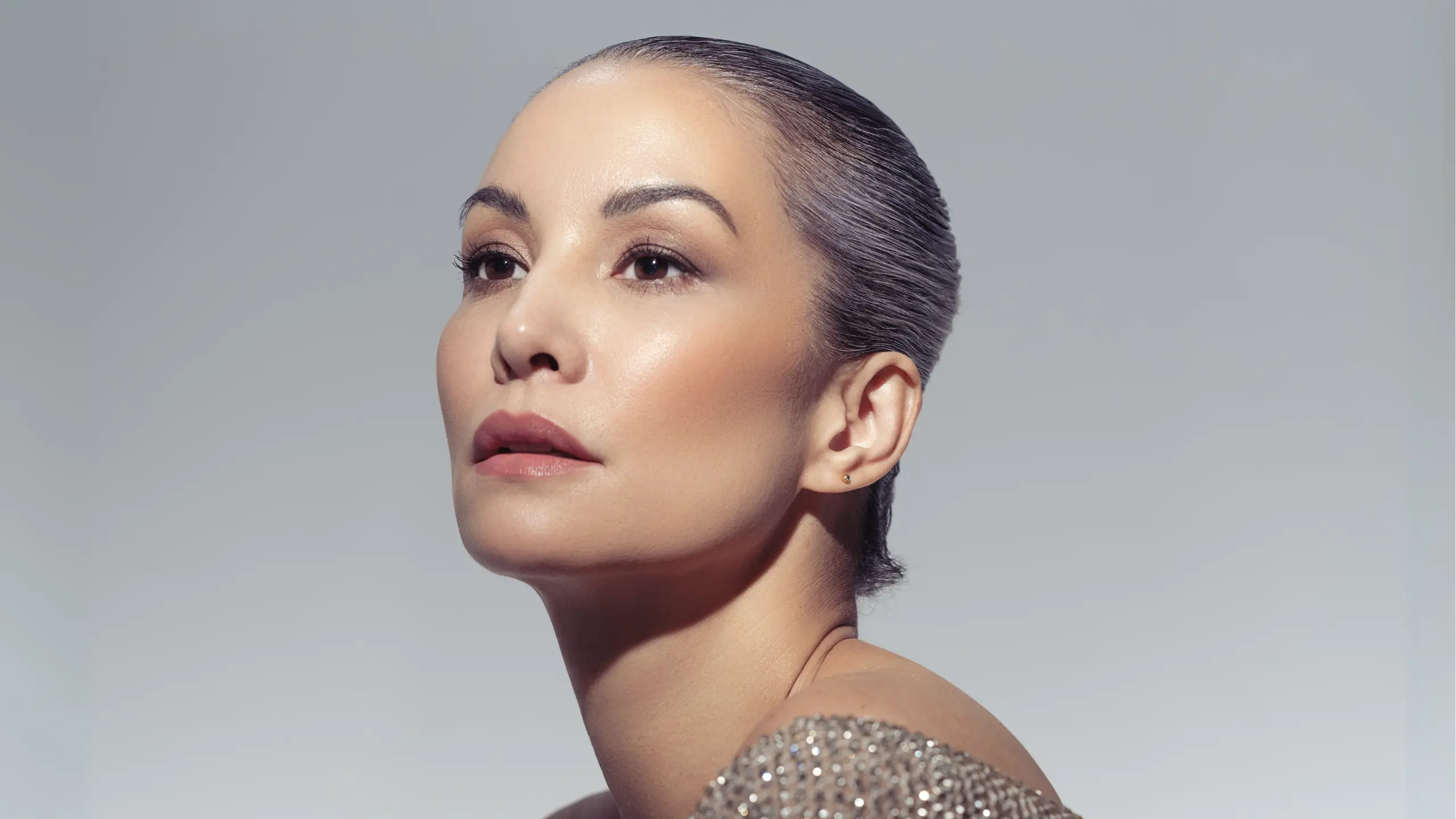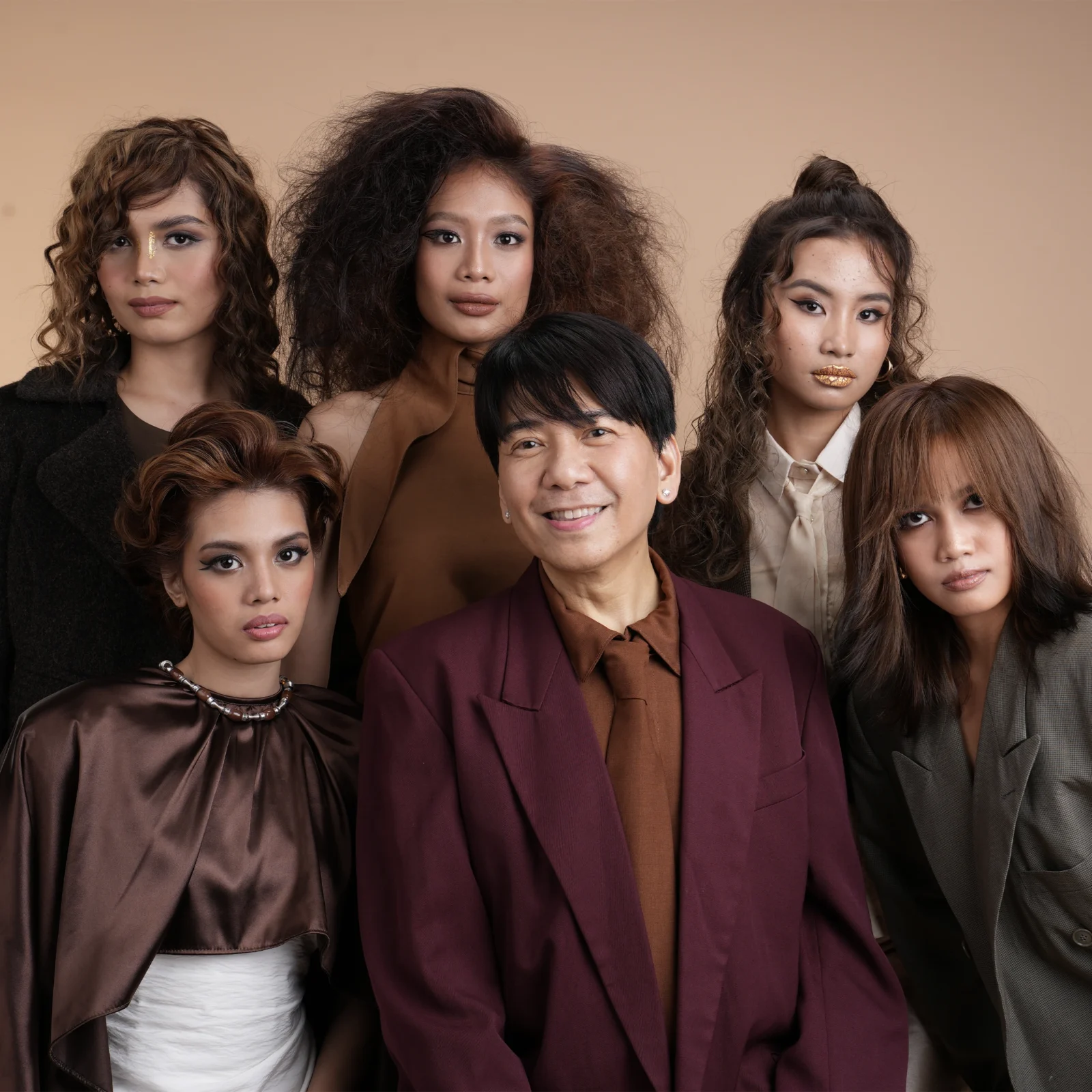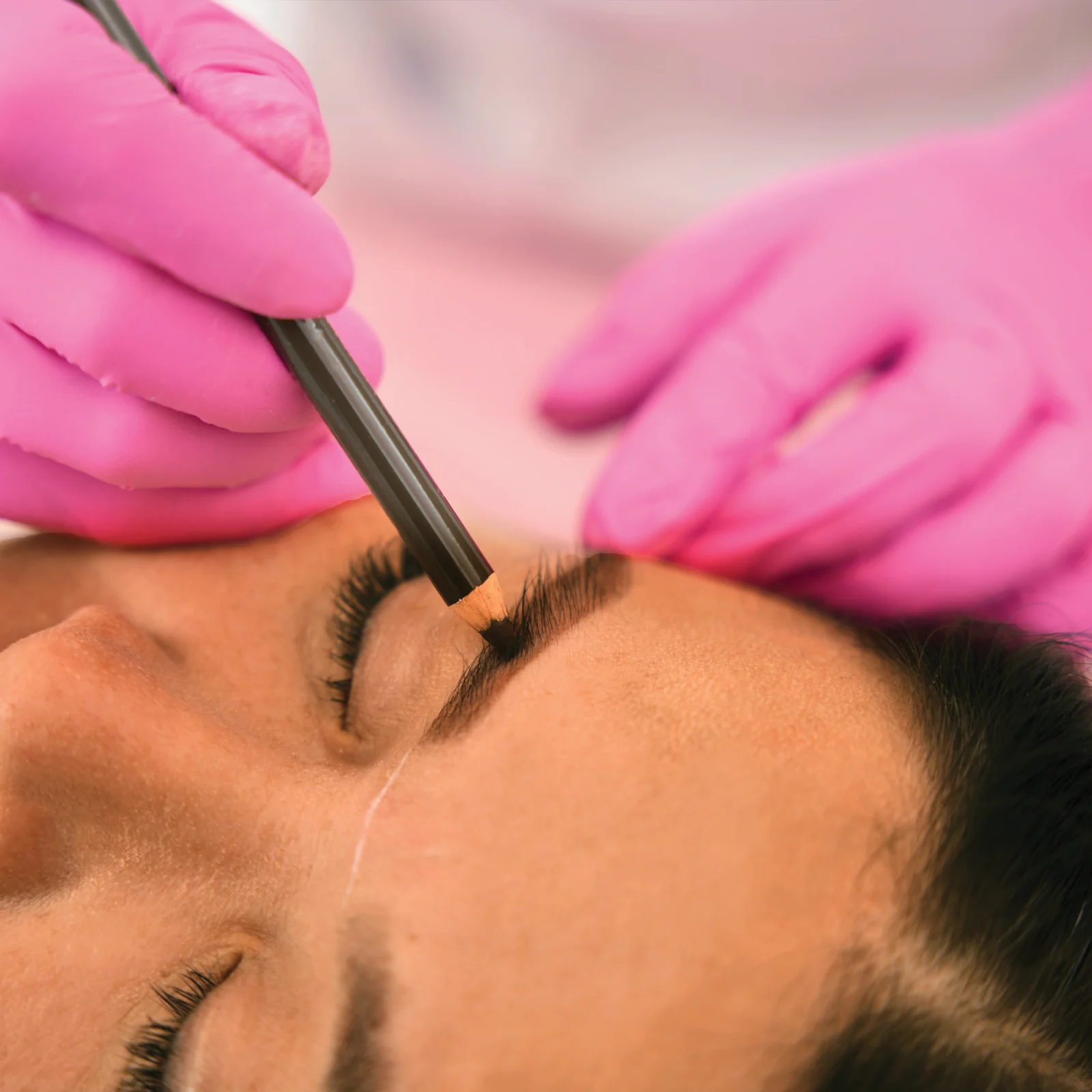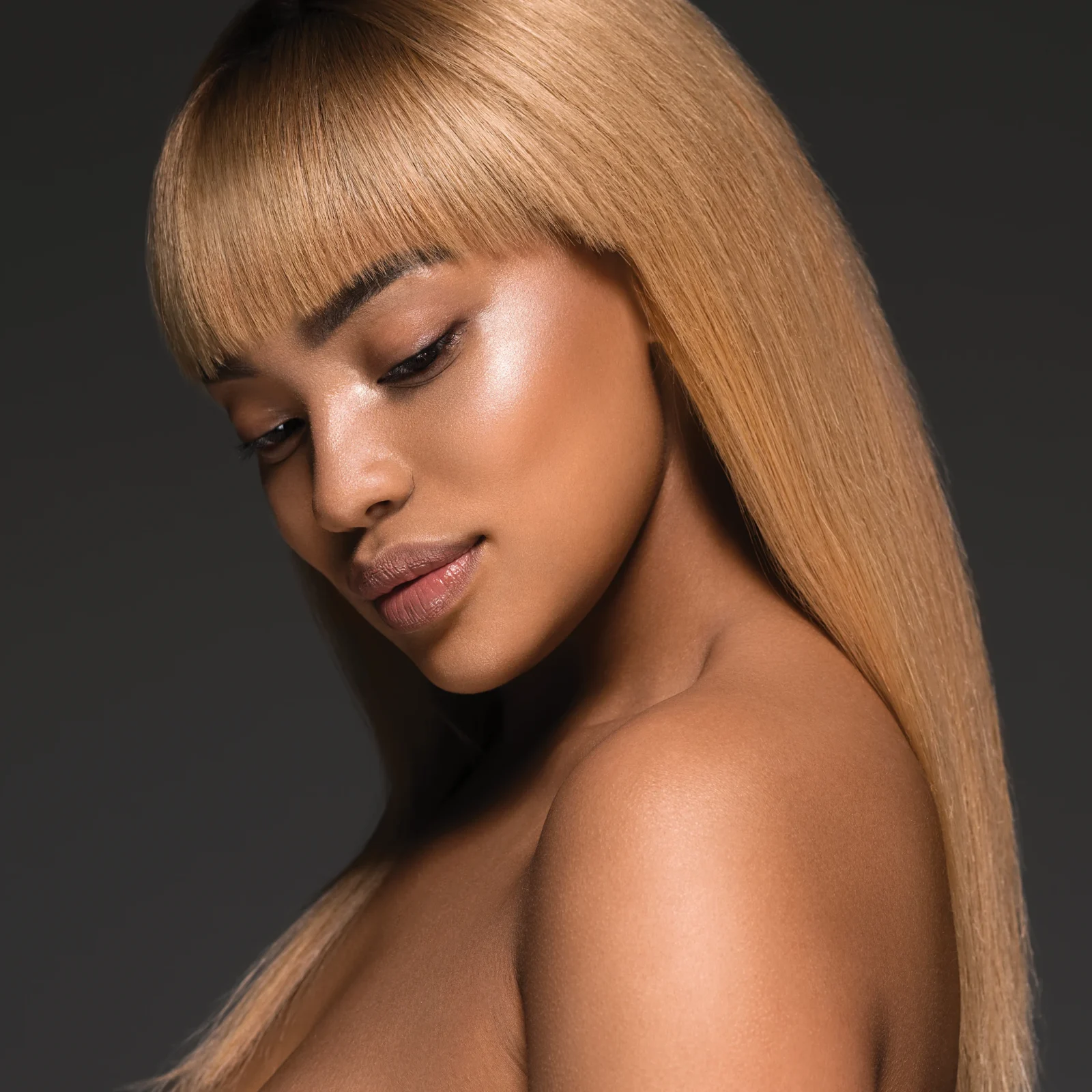5 People Get Real About Going Gray
From salt-and-pepper to full-on silver, here’s how these individuals are reframing the conversation on graying hair.
Around the time of man-buns and plaits, gray hair became a huge trend. 2015 saw the likes of Rihanna and Kylie Jenner sporting silver hair color and British Vogue editor Sarah Harris was on many Pinterest boards. Fast forward to 2020 and when the global pandemic kept many of us at home, gray hair went from being a trend to a liberating option for many who were tired of the bi-monthly upkeep.
If you’re deciding whether going gray is right for you right now, we rounded up people who not only took the plunge, but are celebrating their silver hair.
Pierra Calasanz-Labrador: Gray, gradually
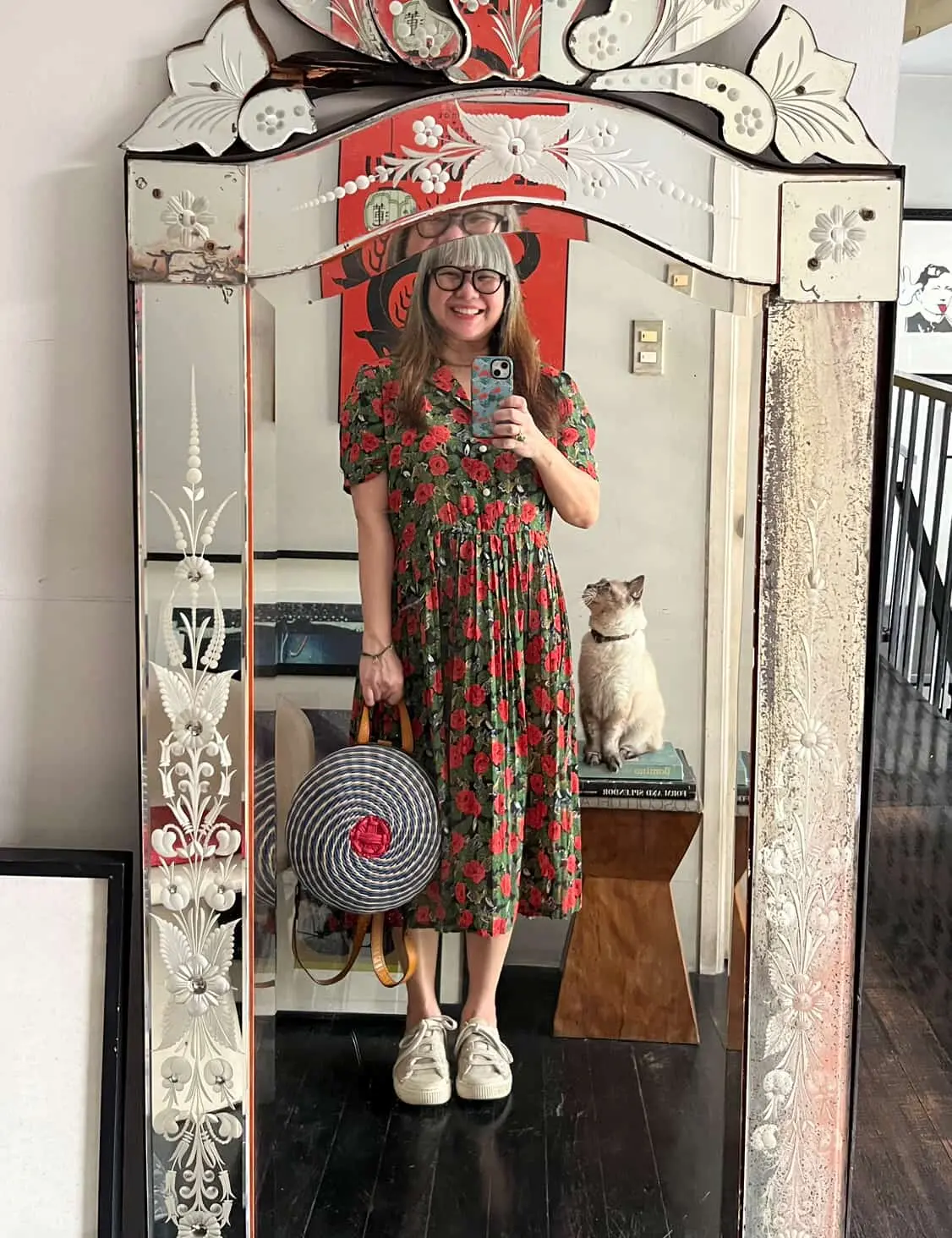
Courtesy of Pierra Calasanz-Labrador
Writer and stylist Pierra Calasanz-Labrador first noticed her gray hair as early as high school. “It felt so incongruous with my age, and I remember trying to pluck them out at the root the minute I found one,” she recalls. A former magazine editor constantly attending events and shoots, immersed in the latest trends, she continued dyeing her hair for many years. However, it was the pandemic that truly catalyzed her decision to embrace her natural color. “Going for several months at a time without covering the whites made me think, ‘Carry naman pala!’”
“The most difficult part actually came before I made the decision: every time my roots would start to show in between dyeing, people would point it out—not so much that the grays aged me, but that the uneven color looked untidy. Oh, the tedium of beauty maintenance!” she recalls.
“So when I finally quit dyeing, it was surprisingly seamless, and so liberating to just shrug it off and say: ‘I’m letting my grays go out!’ It’s not about what others think, it’s about how you feel. So whether you choose to color or not, it’s what you’re comfortable with that really matters,” she says. “I love that my hubby Toto cheered me on, though I suspect a lot of it had to do with him hating the scent of hair dye!”
Surrounded by friends who had already gone gray, she figured she could do it too. “They looked so chic, and more importantly, carefree!” One day, she woke up and knew she was ready.
For Pierra, the most significant relief came in the texture of her hair. “Because I had been color-treating my hair for so long, the texture had become dry and rough and frustratingly brittle over time. The happy bonus of growing out my grays is that it reverts to its naturally soft texture, which in turn, makes me feel more like myself.”
Instead of switching up her personal style to match growing out her roots, it was the other way around for Calasanz-Labrador. “My style has long been ‘lola core,’ so going gray has been a natural transition for me so far; plus I’m surrounded by creative spirits who welcome the change,” she says, but nothing is final. “My grays are still in the process of growing out though, so I don’t know how I’ll really feel when it’s completely silver. But as friends attest, I can always dye it or change it up if I don’t like it. It’s my hair, after all.”
Sally Azanza: Her hair said stop. She listened.

Courtesy of Sally Azanza
Sally T. Azanza first noticed her gray strands in her late teens, but it wasn’t until her mid-thirties that the gray hair became more prominent. By the time she reached 40, her front hairline was fully gray. “I colored my hair to hide the grays, initially every 6 to 8 weeks and then as quickly as every 3 weeks,” she recalls. But as time went on, Sally started facing challenges. “White hair is quite resistant to color, and I developed scalp sensitivity to the chemicals.”
She tried root retouching sprays and lipsticks as temporary solutions—none of them successful. Unlike today, no one was proudly embracing their grays—and certainly not in a corporate setting. Azanza spent 15 years traveling across Asia as a regional client manager, collaborating with NGOs to develop donor programs.
It wasn’t until 2017 when her hair made the decision for her. “My own hair staged a revolt. My hair was severely damaged and brittle from years of coloring, even using premium brands in well known salons,” she looks back. “My colorist took one look at the state of my hair and told me my hair would likely start breaking off if she continued to color. She advised me to give my hair a two to three month break.”
At the time, there was only one solution: “It was a blunt decision to go from shoulder-length hair to short hair, just to remove all the damaged lengths. The stylist literally took a small portion of the top of my head, and shaved off everything else,” she says. To her surprise, “I didn’t realise it would feel so freeing!”
Despite the liberation, Azanza faced backlash from women who weren’t supportive. “Some said, ‘Why? You might end up looking older than your husband.’ ‘You’ll end up looking like a granny.’ One even asked me if we were having financial problems since I couldn’t go to the salon anymore. Another asked bluntly: ‘What is going on with you? Are you all right? Why are you allowing your hair to be like this?’ In an extended circle, a few husbands were telling their wives, ‘Don’t do it. I am not ready to see you look old,’” she recalls.
“The most common phrase I hear up to this day is that ‘Your hair looks so good on you, white hair won’t look good on me.’ Or ‘I wish my hair was evenly white like yours…’ We are our own harshest critics.”
It was none other than her husband who was the most supportive. “He had been encouraging me to be a silver foxy lady for a couple of years… He could see me with white hair way before I could see myself.”
Despite the drastic change, it wasn’t hard to match the hair with her personal style. “I’ve always dressed simply. The hair has become the statement. White hair can drain a lot of color from your face and I am not one to put on makeup everyday,” she says. “I have to make sure I have eyebrows on and I had to update my eyeglasses to have some color and pop.”
Today, Azanza is embracing her golden years by staying fit with pickleball, exploring new recipes, hiking through nature, and sailing the seas with her husband. She’s cheering on more women to embrace their natural look. “I’ve lived with gray strands for more than half my life, and it has made the biggest impact when I stopped covering them and let them be.”
Jake Macapagal: A silver badge of honor

Courtesy of Jake Macapagal
Actor Jake Macapagal noticed his first gray hairs when they began peeking through in the mirror. “It was a bit of a surprise, like, ‘Oh, there you are.’ Honestly, it didn’t throw me off too much… It felt like a natural shift, almost a badge of experience.”
Being surrounded by friends who have also embraced their grays made the change easy for him. “A few of them started going silver and owned it with this cool, confident vibe. Watching them rock it made me think, ‘Yeah, that looks right.’ It felt real, you know?”
Although Jake never went through the process of transitioning from dyed hair to gray, working in an industry where looks are a factor, he did face some challenges. “The trickiest part was when some casting folks weren’t sure about the gray… They’d hesitate, like, ‘Can he still pull off the young tough guy?’ But I’d pitch it as a strength—give me a weathered detective or a wise uncle, I’ve got the look!”
True enough, Macapagal has used it to his advantage, whether as Colonel Justin Reyes in the 2023 thriller No Escape and soon in Jerrold Tarog’s Quezon as Colonel Manuel Nieto, Quezon’s aide-de-camp. The titular role will be played by Jericho Rosales, also sporting salt and pepper hair.
As an actor, Macapagal felt the gray hair added character to the roles he was drawn to. “I started seeing how it matched the characters I play—gritty, lived-in types.” Off-camera, it was more about embracing his true self rather than fighting the inevitable. “I’d rather roll with it.”
His personal style hasn’t changed much since going gray. “The gray slots right into the vibe I’ve always had—rough, straightforward, no frills.” However, he has noticed that darker clothing makes the silver strands stand out more. “I keep it short and simple… black or navy makes it stand out, so I play with that.”
Silver linings in the spotlight
Actor and beauty icon Dawn Zulueta posted her salt and pepper journey in 2021, prompting headlines in entertainment media and over a hundred thousand likes. “Never mind the naysayers gonna naysay,” she captioned her post. “I love my New Normal and I am owning it.”

Nadya Hutagalung. Photo: Raja Siregar/CAN COMPANY.
In the following year, host Nadya Hutagalung, known in the Philippines for her VJ days in MTV, went viral on Instagram for sharing her story. “Now, I feel so much freer! I am loving my hair these days as it feels healthier, stronger, and frankly far more interesting [than] ever,” she wrote in 2022, hashtagging it #greyisthenewblack.
Going gray isn’t about letting go—it’s about owning it.
Gray hair isn’t giving up; it’s showing up—authentically. Whether you’re blending, toning, trimming, or celebrating full silver glory, the most important thing is that you’re doing it on your own terms.
Because beauty isn’t just about youth. It’s about confidence, choice, and rewriting the rules—for yourself.
Latest Stories
You might also like
To provide a customized ad experience, we need to know if you are of legal age in your region.
By making a selection, you agree to our Terms & Conditions.